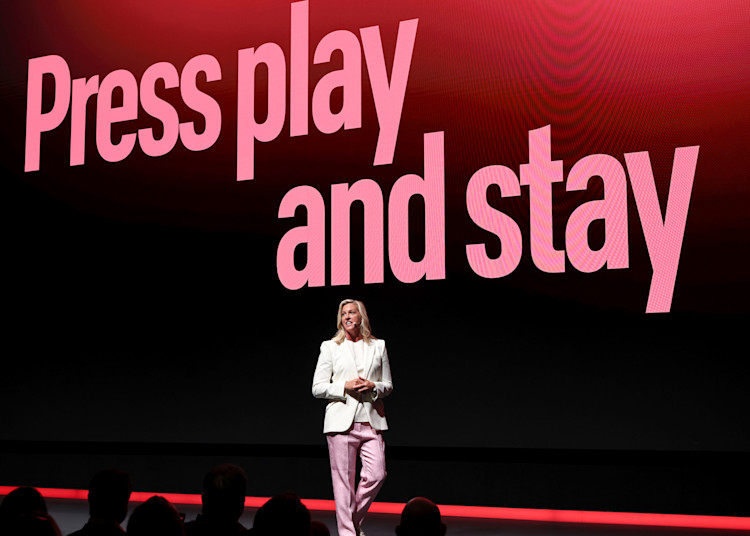FCC Issues Revised A la Carte Report
A golden opportunity to earn one's salary doesn't come along every day, but the FCC presented one to cable lobby chief Kyle McSlarrow this week with its "further" a la carte report.
"The Further Report finds consumers could be better off under a la carte," the FCC release stated. A la carte refers to buying cable channels individually rather than in packages or "tiers."
McSlarrow already had the troops mobilized over at the National Cable and Telecommunications Association. Within 15 minutes of the FCC release, the NCTA fired off copies of a letters to Congress signed by minority groups and networks, as well as a link to an anti a la carte Web site showing a toddler wielding a remote.
The network letter, addressed to Senate Commerce Committees Chairman Ted Stevens, said a la carte would destroy the current cable net revenue model. Unlike most broadcast networks, which rely exclusively on advertising revenue, cable networks also receive fees from cable operators.
These carriage fees generally run from 10 cents to $1 per month per subscriber, so the greater a network's distribution, the greater its monthly fee revenue. When distribution deals are struck, network negotiators typically wrangle for a percentage of a given cable operator's subscriber base. The more established networks reach almost all of the nation's 76 million or so cable households, generating revenues that feasibly could reach $76 million a month. The chances are slim to none that every single cable household would continue to subscribe to any one network under a la carte.
The letter signed by the minority groups asserted that Hispanic- and African American-oriented networks would go down the tubes without carriage deals that placed them near more established nets.
"The ability to be positioned on a larger platform with established networks with the possibility of being seen by millions of channel-surfing viewers gives these new-born program networks an irreplaceable leg-up in reaching a larger national audience," it said.
How cable programming is priced has been a bone of contention for years--one for which McSlarrow has many entrenched opponents, including prominent Republicans. Sen. John McCain (R-Ariz.), a vociferous critic of all things television, has railed repeatedly against rate hikes and called for a la carte. He was the third one out of the chute with his response.
"The report confirms what I have believed for years--if consumers are allowed to choose the channels their families view then their monthly cable bill will be less. Choice is far preferable to being forced to buy a host of channels they don't even watch," he said.
Not to be outdone by his predecessor as head of the Senate Commerce Committee, Stevens also got into the game, but he left the door ajar for McSlarrow.
"If a la carte is not more expensive for consumers, I will support an effort to take such an approach," he said, "subject to discussions with providers on the downside of such a process."
The gist of the FCC Further Report on a la carte is that the initial findings issued in November 2004 were flat wrong, and that they relied too heavily on information supplied by the cable industry. For one thing, the Booz Allen Hamilton study used for the 2004 report did not exclude free broadcast stations in calculating the cost of a cable channel under a la carte. Consequently, that cost was overstated by as much as 50 percent, the FCC said. Unlike the 2004 conclusions, the Further Report asserts that a la carte pricing would be 3 to 13 percent cheaper for consumers than the current package scheme.
McSlarrow drew a line in the sand with the old Republican free-market postulate.
"The marketplace in which cable, satellite, broadcasters and others vigorously compete for customers should decide video offerings, not mandates and price controls imposed by Washington, D.C.," he said. "The notion that the government knows better how to improve on a competitive marketplace is not supported by the evidence."
Get the TV Tech Newsletter
The professional video industry's #1 source for news, trends and product and tech information. Sign up below.
